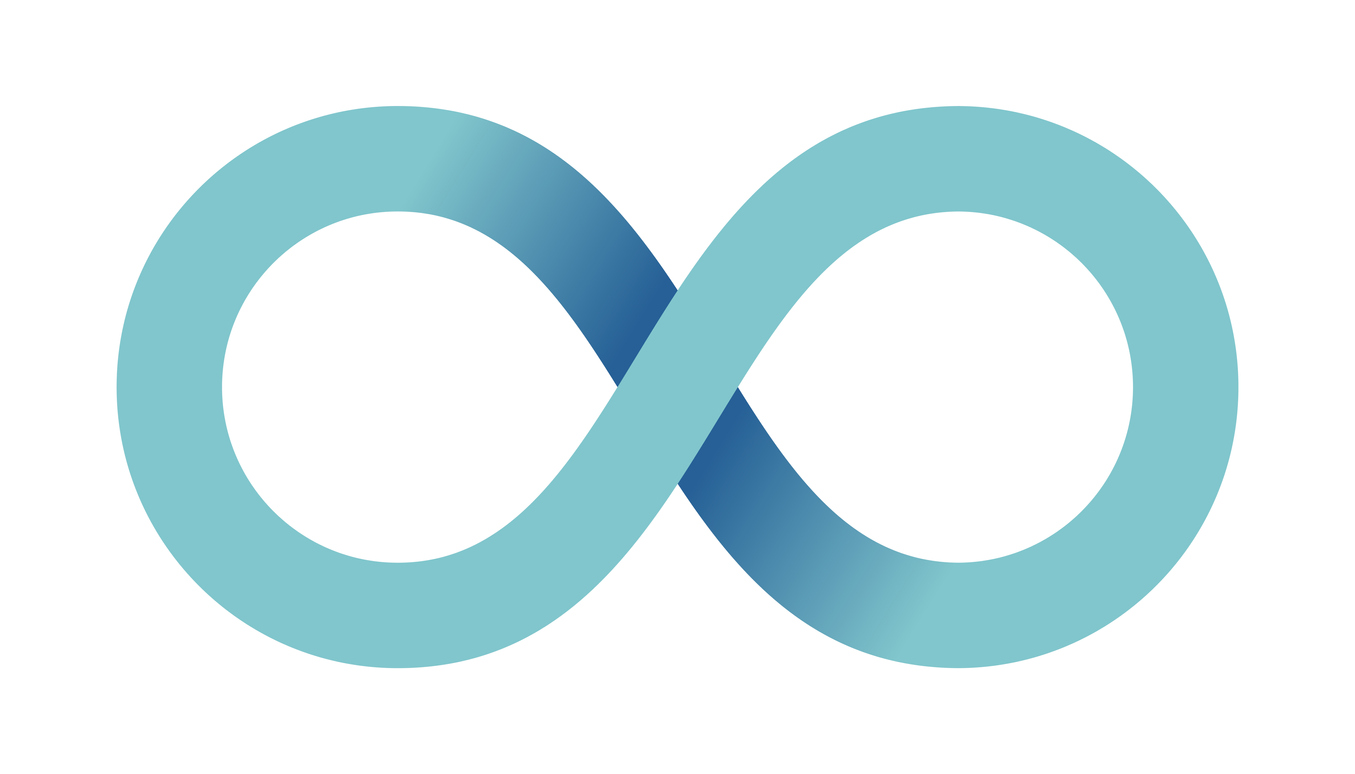Forget the sales funnel — it’s all about the ‘infinity loop’
And PR has a huge role to play.

We’re used to hearing about the sales funnel, a linear and one-way route through which businesses turn audiences into customers.
But in the traditional, MBA-approved model, the sales funnel just stops at the bottom. The sale is the goal. Once that’s achieved, there’s often no plan for what comes next.
That’s changing, fueled in large part by the demands and expectations of Gen Z and the up-and-coming Gen Alpha.
“You’re really having that one-to-one dialogue over time, rather than it looking like a linear process, we’re starting really think of it almost as an infinity loop,” said Erin Allsman, president of the Brownstein Group, during a recent call with PR Daily.
Especially with small purchases (think the beauty or wellness sector), Allsman is seeing an uptick in purchases right after consumers become aware of a product, rather than engaging in a drawn-out awareness period like we might see in the traditional funnel.
“You’re almost seeing that consumers are really taking that purchase as their first step with the brand, then they’re getting involved with the brand, they’re thinking about the brand, maybe a little bit more even after they’ve taken that action,” Allsman explained. It’s only after the purchase that they’re doing more investigation — often through social media and influencers.
And while impulse purchases might be leading this trend, Allsman said she’s seeing a flattening of the sales funnel even with larger, more considered goods and services.
“If you have the right influencer, you have the right delivery mechanism of the message, then that trust that may historically have needed a little bit more time to be built up gets there a little bit quicker. Perhaps you’re not clicking and buying a car right away, but you are maybe shortening that cycle a bit between initial awareness consideration and then moving into that purchase funnel,” Allsman said.
Obviously, it’s great to have money in the company’s pocket up front rather than going through a long courtship. But there is even more opportunity if we continue our conversation with those customers and turn them into repeat buyers — or even evangelists.
“From a communication standpoint, it’s really up to all of the different functions and all of the different channels and tactics that we can employ as communicators to make sure that we are building brand advocates and not just a single time purchaser,” Allsman said.
Borrowing authenticity
Influencers can be key in this infinity loop of brand affinity. Before a purchaser buys, they’re using their credibility to vouch for a product. After purchase, it’s that continued engagement with an influencer that can keep a product top-of-mind — and top-of-shopping cart.
“There is such a high level of trust in influencers that folks feel are like them, or who are experiencing similar things that they are,” Allsman said, saying she’s observed this relationship even among her children. “So that does certainly help with the credibility factor. And, you know, and to again, you know, get to that decision quicker.”
However, that’s all assuming brands are taking the time to choose influencers who connect with their audiences and their product in ways that feel authentic.
“So really think about continuing to educate yourself as a brand on the types of news that your audience (is) consuming, and the types of influencers that they’re looking to,” Allsman said. “When I say influencers, it’s not just individuals or people, but it’s websites that might be driving information, and other areas that where folks are educating themselves, YouTube. And, really making sure that you’re showing up there on a regular basis and in ways that your audience is going to find you.”
Understanding these measures helps you create an ongoing dialogue with customers, ensuring a long and healthy relationship rather than a one-night stand. And that dialogue starts with a clear, well-defined retention strategy, “one that is, I would say, a healthy balance of being in front of your audience on a regular cadence, but not being too intrusive to the point where it gets aggravating,” Allsman advised.
All of this, for Allsman, underscores the importance of PR in this new sales model. There’s more opportunity for us than ever before. Indeed, Brownstein Group is even launching a new influencer brand to help them capture this moment and integrate with more traditional forms of PR.
“While PR is traditionally kind of viewed as more of an awareness tactic, I think that there is such opportunity today for PR to really drive that flattening,” she said. “And we’ve got examples of that throughout our work and in a variety of different categories. So we really are seeing how that kind of earned media can drive that initial credibility and then take the consumer straight to the website, straight to the conversion moment.”
Allison Carter is executive editor of PR Daily. Follow her on Twitter or LinkedIn.







